Easthampton to use $100K to assess Town Lodging House site for affordable housing; neighbors upset with plans
|
Published: 02-27-2024 3:46 PM
Modified: 02-28-2024 1:56 PM |
EASTHAMPTON — A city-owned building used to house homeless, transient and low-income individuals for more than 130 years, vacant and boarded up since April 2022, could be redeveloped and expanded into 30 to 35 affordable apartments by Valley Community Development.
Before any work happens at the Town Lodging House site at 75 Oliver St. though, an in-depth evaluation of the property will get underway that will include archaeological and property line surveys and some preservation of the existing 134-year-old building. That work will be done using $100,000 from money reserved for affordable housing in the city’s Community Preservation Act account.
The property is unique in that it has three forms of restrictions on it — one each for affordable housing, historic preservation and agricultural use — which is why an archeological survey is needed.
Despite concerns from some neighbors about whether the location is suitable for affordable housing, and from one councilor about losing the site’s previous single-room occupancy use, the City Council voted 7-1 at its Feb. 21 meeting to approve the CPA spending, which had already been endorsed by the CPA and Finance committees.
Councilor Thomas Peake explained that Valley CDC’s plans would include putting an addition on the existing 1890 building to make the project viable, requiring the archaeological survey as part of the predevelopment work to learn what can be done with the property.
“We won’t know if this is viable until we do this,” he said.
Under the current thinking, Peake said, each of the existing units in the building would be enlarged, with some becoming two- and three-bedroom units, rather than the closet-size bedrooms of the last boarders, who shared kitchens and bathrooms and who left two years ago.
Valley’s proposal is to restore the historic, deteriorating building and use it for 12 to 15 studio apartments, with 18 to 20 one-, two- and three-bedroom apartments in a revamped, historically appropriate building.
Article continues after...
Yesterday's Most Read Articles
 Northampton school budget: Tensions high awaiting mayor’s move
Northampton school budget: Tensions high awaiting mayor’s move
 A rocky ride on Easthampton’s Union Street: Businesses struggling with overhaul look forward to end result
A rocky ride on Easthampton’s Union Street: Businesses struggling with overhaul look forward to end result
 ‘None of us deserved this’: Community members arrested at UMass Gaza protest critical of crackdown
‘None of us deserved this’: Community members arrested at UMass Gaza protest critical of crackdown
 Guest columnist David Narkewicz: Fiscal Stability Plan beats school budget overreach
Guest columnist David Narkewicz: Fiscal Stability Plan beats school budget overreach
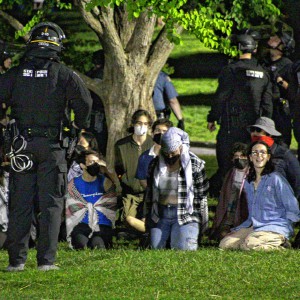 More than 130 arrested at pro-Palestinian protest at UMass
More than 130 arrested at pro-Palestinian protest at UMass
 Northampton’s lacrosse mom: Melissa Power-Greene supporting Blue Devils on and off the field
Northampton’s lacrosse mom: Melissa Power-Greene supporting Blue Devils on and off the field
“Because of the fact that the units are getting bigger, the existing structure is not necessarily large enough to support the number of units which an affordable housing project really needs in order to exist and function and qualify for the various subsidies that make these things viable,” Peake said.
Mayor Nicole LaChapelle told the council it is not unusual to do this sort of predevelopment work, making any property more viable for the city. Because CPA money is being used, the housing located there must be affordable, she said.
Originally built as the alms house, it has also been the town farm, the poor farm — a place where residents were required to work to have a place to live — and the town infirmary, and it remained municipally owned and run as affordable housing until 2005.
That year, Southern Middlesex Opportunity Council in Framingham took over the property on a contract with Easthampton, a year after the city announced it could no longer fund the site, switching to a nonprofit model to save $50,000 annually. The full property is 56 acres, with the lodging house surrounded by fields that are actively used by local farmers.
The idea for Valley Community Development’s project came in the wake of $58,000 CPA grant that the nonprofit used to identify an appropriate site for an affordable rental housing development in the city, said Jessica Allan, real estate project manager for Valley. The Town Lodging House site rose to the top of the list.
Last June, the city and Valley sought a grant from an Underutilized Properties Program administered by MassDevelopment to undertake work, at which time the CPA Committee pledged $100,000 toward the project. That application was not accepted, so now Community Development Block Grant money is being pursued, though that will not cover design or predevelopment work for the new building.
Allan said the timeline will be determined by the city: “The city intends to submit a CDBG application to the state in March requesting funds to architectural design for affordable studio apartments at the historic building.”
At the Feb. 21 council meeting, Councilor Koni Denham said deterioration is likely with no investment.
“We’re just trying to figure out what can be done with the property. If we don’t do anything, it’s going to continue to fall apart,” Denham said.
Councilor Owen Zaret said the appropriation is a necessary step for anything to happen at the location.
Rehabbing the existing building alone would cost $1 million or more, based on a capital needs assessment.
Councilor Brad Riley wondered if the city might be able to use the property as a museum, instead of housing.
“For its cultural significance, this could be a really important property to reflect on where we’ve come over the last 100 or so years,” Riley said.
Councilor JP Kwiecinski said most of the rooms are not closet-like and could be renovated without such an elaborate project, observing that the city is already getting 250 new affordable units ready, from the redevelopment of the former elementary school buildings to the Sierra Vista Commons project at the former Tasty Top site.
“We’re adding a lot of housing; I don’t think any of them are SROs,” Kwiecinski said, in advance of being the lone councilor to vote against the appropriation.
The vote came with concern from the public that an archaeological survey might uncover a graveyard of people who once lived at the poor farm, as well as worries about what the project will mean for the neighborhood — speeding on Oliver Street, decreased safety and lower property values.
Avrey Lavalley of Oliver Street said a better use for CPA money would be to just rehabilitate the existing Lodging House building.
“You could spend the money on the property itself, you could spend the money to fix up the property, any money you have,” Lavalley said.
Ellen Desmarais of Oliver Street said residents who live near Town Lodging House property have had to put up with a lot of hassles in the neighborhood over the years, including living near the city landfill that closed in the early 1990s but is still used by residents to dispose of yard waste on weekends. She said the neighborhood has successfully lobbied against the opening of a shooting range in 1990 and in recent years an idea that the site would be suitable for a dog park.
“What’s next for Oliver Street? Now it’s affordable housing,” Desmarais said, cautioning that such a development could be used to address the state’s migrant crisis.
Scott Merzbach can be reached at smerzbach@gazettenet.com.

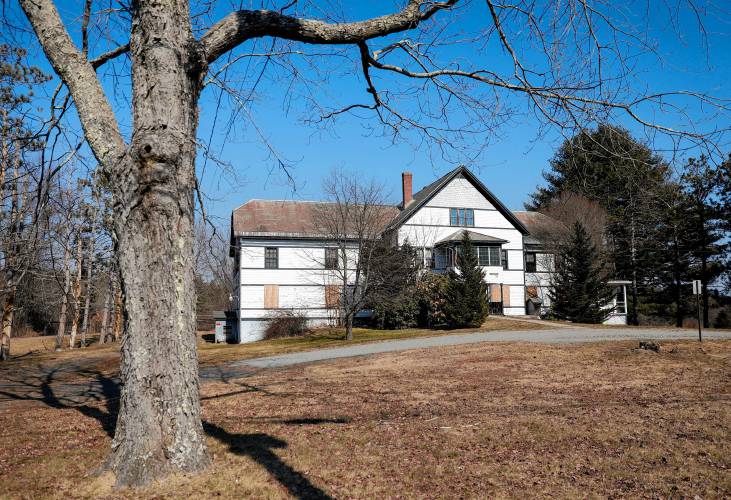
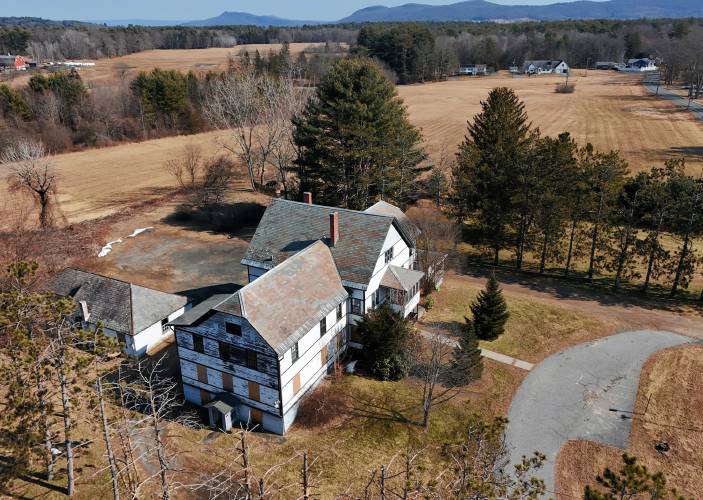
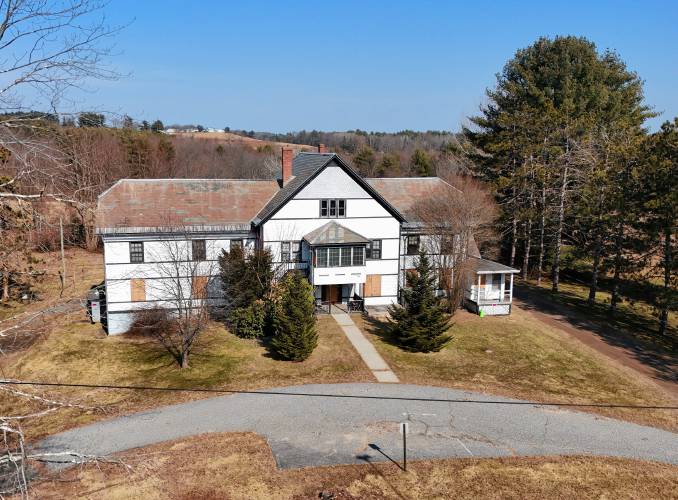
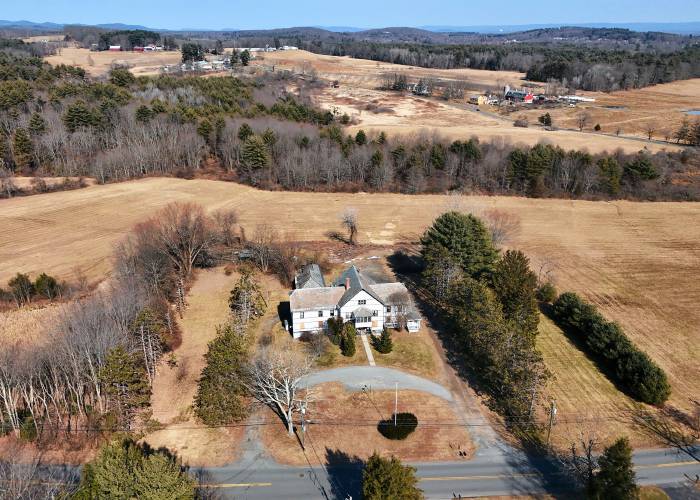
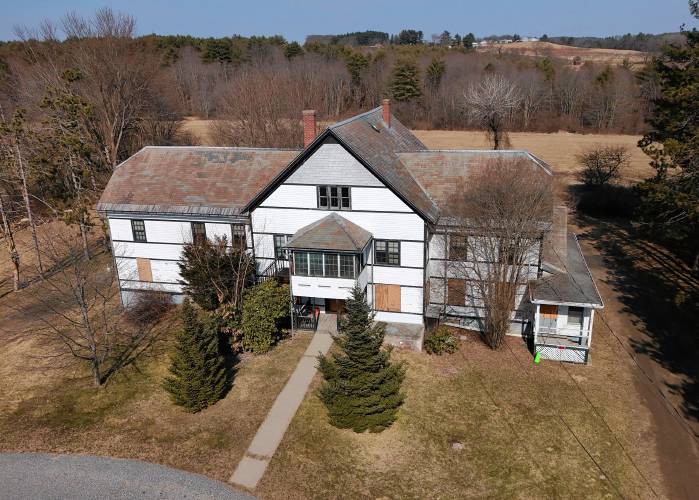
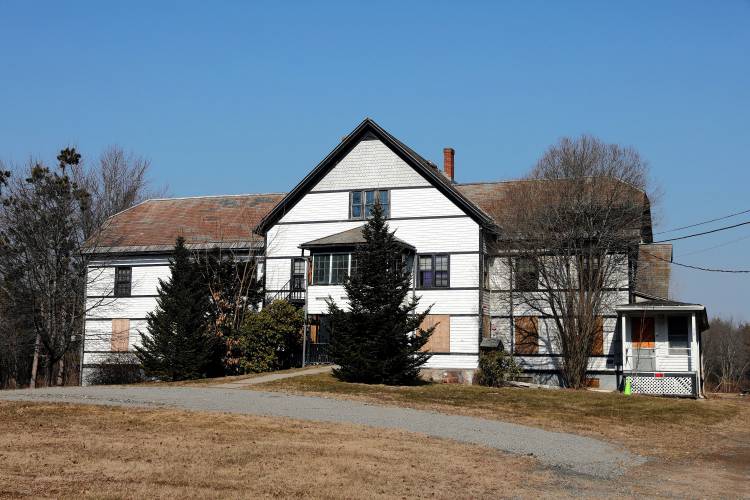
 Southampton takes key step toward new public safety complex following TM vote
Southampton takes key step toward new public safety complex following TM vote State OKs Valley Green Energy program for Amherst, Northampton, Pelham
State OKs Valley Green Energy program for Amherst, Northampton, Pelham Southampton Town Meeting adopts noise nuisance bylaw, rejects unregistered vehicle rules
Southampton Town Meeting adopts noise nuisance bylaw, rejects unregistered vehicle rules ‘Working towards peace’: Lander-Grinspoon Academy engages kids in learning about conflict, peace activism
‘Working towards peace’: Lander-Grinspoon Academy engages kids in learning about conflict, peace activism
